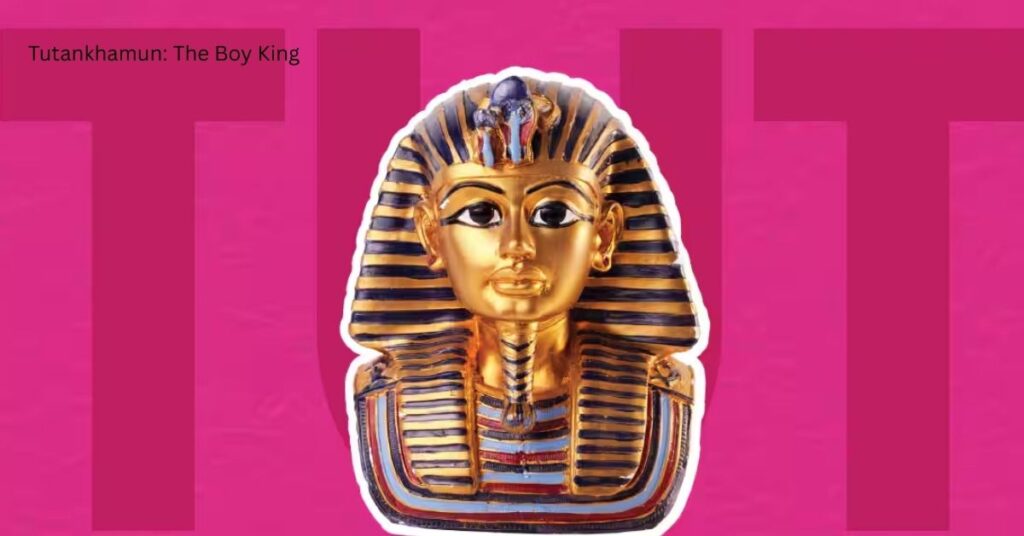Tutankhamun, often called the Boy King, is one of the most famous figures in ancient Egyptian history. Despite his short reign and early death, his story has fascinated historians, archaeologists, and the general public for nearly a century. The discovery of his nearly intact tomb in 1922 by British archaeologist Howard Carter ignited global interest in ancient Egypt and continues to shape our understanding of this remarkable civilization.
Who Was Tutankhamun?
Tutankhamun became pharaoh around 1332 BCE during Egypt’s 18th dynasty, one of the most powerful eras of the New Kingdom. He ascended the throne at the tender age of 9 or 10, making him one of the youngest rulers in history. His reign lasted only about nine years, as he died unexpectedly at around 18 or 19 years old.
Despite his short time as ruler, Tutankhamun played a crucial role in restoring traditional Egyptian religion and culture. His predecessor, Akhenaten, had introduced the worship of one god, Aten, and suppressed the worship of other deities. Tutankhamun reversed these changes, reinstating the polytheistic traditions and reestablishing the prominence of Amun, one of Egypt’s chief gods.
The Mystery of His Death
Tutankhamun’s sudden death remains one of the greatest mysteries of ancient history. Early theories suggested he was assassinated, while others pointed to illness or an accident. Modern scientific studies, including CT scans and DNA analysis, indicate that he may have suffered from genetic disorders, a clubfoot, and malaria, all of which could have contributed to his early demise. However, no single cause has been universally accepted, keeping the mystery alive.
The Discovery of His Tomb
Tutankhamun might have remained a minor figure in Egyptian history had his tomb not been discovered nearly intact in the Valley of the Kings. In 1922, Howard Carter uncovered the burial site, revealing treasures that astounded the world. The tomb contained over 5,000 artifacts, including golden statues, jewelry, chariots, and, most famously, the iconic golden death mask that has since become a symbol of ancient Egypt.
Unlike many other royal tombs that had been looted over the centuries, Tutankhamun’s was relatively untouched. The discovery provided invaluable insights into burial practices, daily life, and artistry during the New Kingdom.
Tutankhamun’s Legacy
Though he was a relatively minor king in his time, Tutankhamun’s legacy is enormous today. His tomb’s discovery sparked a renewed fascination with Egyptology and contributed greatly to our knowledge of ancient Egyptian culture. The artifacts from his burial have been displayed in museums worldwide, drawing millions of visitors.
Moreover, Tutankhamun symbolizes the enduring allure of mystery. His young age, untimely death, and the breathtaking treasures buried with him continue to captivate people across generations.
Conclusion
Tutankhamun, the Boy King, may not have been the most powerful or influential pharaoh in ancient Egypt, but his story remains unforgettable. His reign marked the restoration of traditional Egyptian beliefs, and his tomb provided an unprecedented glimpse into one of the world’s greatest civilizations. More than 3,000 years later, Tutankhamun still reigns—not over Egypt, but over the imagination of people around the globe.





